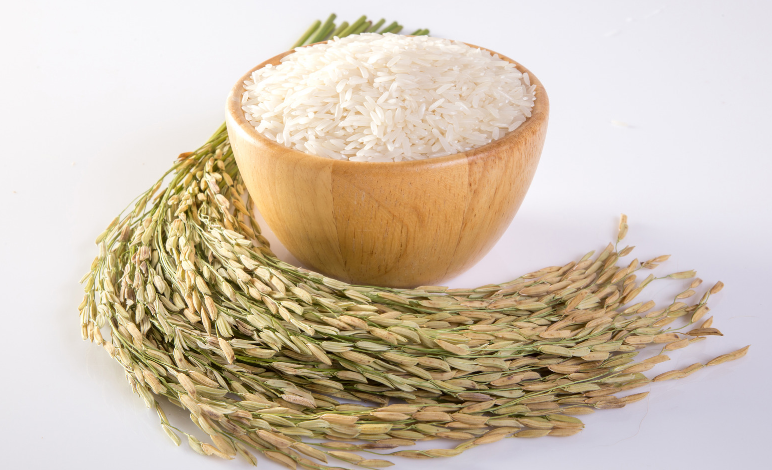
Africa Set to Constitute 41% of Global Rice Imports by 2033, Report Reveals
A recent OECD-FAO Agricultural Outlook report projects that Africa will account for 41% of the world’s rice imports by 2033, translating to over 26 million tons per year
Rice is the continent’s second-most cultivated cereal and ranks third in consumption after maize and wheat. Despite significant efforts at national and regional levels to boost local production, current output remains insufficient to meet rising demand
Presently, Africa imports about 17 million tons of rice annually, representing 32% of global imports. This dependency on imports is largely due to population growth and evolving dietary preferences
The report forecasts an increase in per capita rice consumption from 25.1 kg in 2023 to 28.5 kg by 2033, marking the second-highest growth rate globally after Oceania
Africa’s population is also expected to expand, reaching 1.69 billion by 2030, according to UN data. Together, these trends are likely to strain local rice sectors, which are unable to keep pace with demand, leading to continued reliance on imports
In West Africa, the primary hub for rice production and consumption, Nigeria is projected to maintain its lead in international rice purchases, with imports almost doubling to 4 million tons by 2033. This would approach China’s expected import volume
While the OECD-FAO report underscores the growing role of imported rice in Africa’s diet, analysts argue that the continent has the potential to achieve self-sufficiency
West Africa, home to 60% of Africa’s rice-planted areas, has substantial growth potential. Increasing production, particularly through expanded irrigation, offers an opportunity to boost yields across the region
Currently, approximately 80% of African rice cultivation relies on rainfall. Expanding irrigation infrastructure could unlock significant yield potential across various countries. For instance, Nigeria’s Ministry of Agriculture estimates a cultivable rice area of 4.2 million hectares, yet only 17% of this area was equipped with irrigation in 2020
In Senegal’s Senegal River Valley, the United States Department of Agriculture (USDA) estimates nearly 240,000 hectares of hydro-agricultural potential, with irrigated yields between 5 to 7 tons per hectare compared to rainfed yields of 2 tons
Similarly, Mali has an estimated 2.2 million hectares of irrigable land, of which only 36% is currently utilized
On October 19, ECOWAS announced a US$19 billion, ten-year plan (2025–2035) to support rice production in the region. This strategy will address various points in the agricultural value chain, including storage, processing, fertilizers, and seeds, as Africa races to meet its rice demand sustainably












